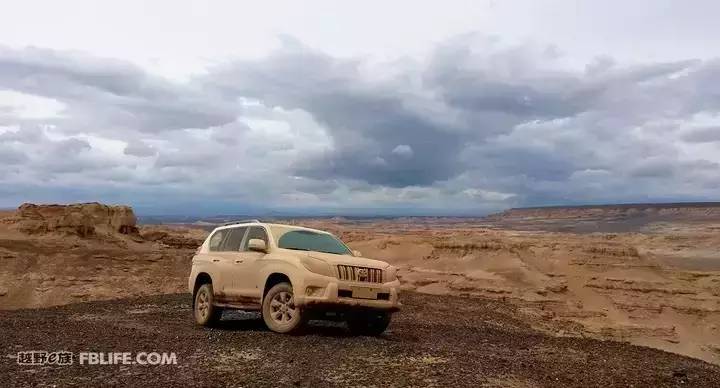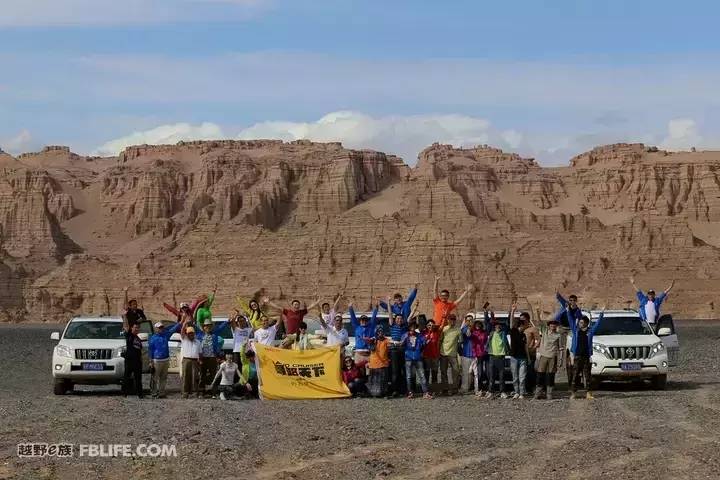Cangshan is like the sea, and the setting sun is like blood!
This is the first picture of Jiayuguan that caught my eyes, a heart-shattering picture.
Ever since I fell in love with self-driving and everything in the west, my heart has been on the road.
I have been driving hundreds of thousands of kilometers for more than 10 years, and I have been feeling the unknown scenery on the road. I have never stopped moving forward. I know that I can no longer control myself.


Simply, walk according to your heart, transform yourself into a walker looking for beautiful scenery and walk on the road, and make walking a profession.
The narrowest section of the Hexi Corridor, where the ancient Great Wall and the ancient Silk Road meet, is Jiayuguan. Those who pass through are the cities that must be passed through. I have traveled to many places in the past few years, but I have never set foot in Jiayuguan, so I can’t help but feel ashamed of myself.
Jiayuguan is located in the transportation fortress of the ancient Silk Road. According to textual research, Zhang Qian’s envoy to the Western Regions came out of Shiguan Gorge in Jiayuguan.
I don’t know much about this period of history, but the name of the No. 1 Xiongguan in the world is impressive and exciting.
This year, the first stop of the sixth season of Toyota’s “Looking for the World” is to start from the world’s No. 1 Xiongguan to the west, along the ancient Silk Road, and conduct a “visiting ancient times” across time and space. The convoy will start from Jiayuguan, pass through Dunhuang, Hami, Jiaohe Ancient City, Shanshan, Bayinbulak, Nalati and other places, and finally arrive at Karamay, with a total length of 2,800 kilometers.


What does it mean for a traveler to experience the most authentic exotic customs on the oldest Silk Road?
A wonderful bloom of a life course.
From Qingdao, a modern city on the coast of the Yellow Sea, to Jiayuguan, the first pass in the west of the Great Wall thousands of miles away, it only takes more than 4 hours. Modern technology has brought us infinite possibilities and made it easier to change time and space. . This was unimaginable for the Silk Road travelers thousands of years ago. It was not easy for Zhang Qian to travel thousands of kilometers in the Western Regions for more than ten years. From the bustling and noisy city to the desolate Gobi all at once, the loess is all over the sky and the dust is flying, which makes people feel as if they have come to another world.
It was dusk when the plane landed.
Looking to the west, the blood-colored sunset on the horizon is directly reflecting the sky red.
This sunset is breathtakingly beautiful!

The ancient Silk Road usually refers to the commercial route connecting northern Europe and Asia. In contrast to the ancient tea-horse road in the south, Zhang Qian in the Western Han Dynasty and Ban Chao in the Eastern Han Dynasty opened up the Western Regions starting from Luoyang and extending westward to Rome.
Among the goods traded along this long road, Chinese silk is the most representative, hence the name “Silk Road”. The ancient Silk Road was not only a commercial avenue for exchanges between Asia and Europe in ancient times, but also a road of friendship that promoted friendly exchanges between Asian and European countries and China, and communicated Eastern and Western cultures.
The stories of some famous figures in history, such as Zhang Qian who was sent to the Western Regions, Ban Chao who sent his pen to the army, and Xuan Zang who learned Buddhist scriptures from the West, are all related to this road.

The ancient Silk Road is a “dream” of many people. Due to limited conditions, the dream of going directly to the Mediterranean Sea is difficult to realize. It is embarrassing to walk through one of them.
Now, I have started the dream, and in the next few days, I will follow the convoy west out of the Hexi Corridor, into the Gobi Desert, and across the Tianshan Mountains in the Western Regions.
When exploring the remains of the caves, looking for the frontier city walls, and riding the deserted desert of the Gobi, we will tell the story of our “Silk Road”.

DAY 1 Jiayuguan-Dunhuang 480 kilometers, high-speed, national highway, country road, gravel road, sandy land

● Visiting the old city from Xiongguan, see flying sand at the foot of Mingsha Mountain
The blue sky is like washing, under the sky, the Qilian mountains are undulating, and the Gobi is vast and desolate.
The Gobi is vast, the majestic pass is majestic, and a team of Land Cruisers has been lined up on both sides of the tower.
Jiayuguan is located in the frontier area. In ancient times, there was a strict entry and exit system for entering and exiting the city. All entering and exiting caravans and merchants must be issued and verified by the garrison officials before they can be opened and closed.
On the morning of the same day, after a brief departure ceremony and the “General” issuing the customs clearance document, the convoy of 11 Land Cruisers embarked on the journey.

All ready to go

At the entrance of Xiongguan, the customs clearance document will be issued soon
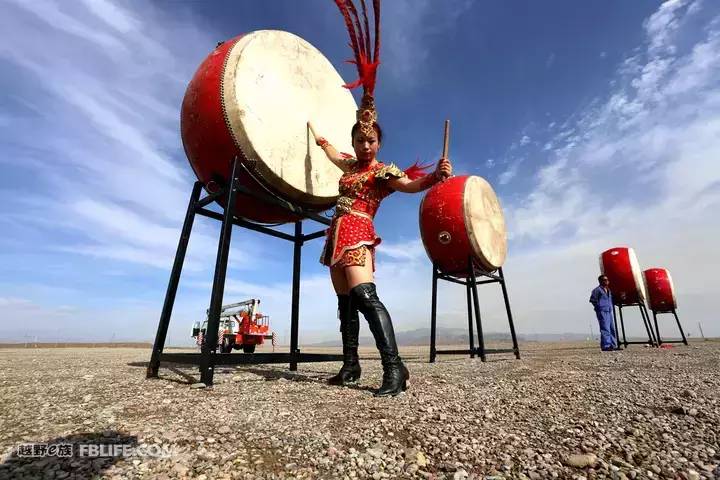
The battle is imminent, beat the drums to cheer
There are some places in the world that people must visit at least once in their life, and the ancient Silk Road is one of them. The issuance of licenses and customs clearance, and the iron horse’s expedition, a journey story intertwined with beautiful scenery and delicious food, history and modernity is about to be staged.
The same as before, I still have a beautiful longing and a heart of advocating nature. What is different from the past is that this time I followed the Toyota Wayfinding Team and made a wayfinding trip through ancient times.
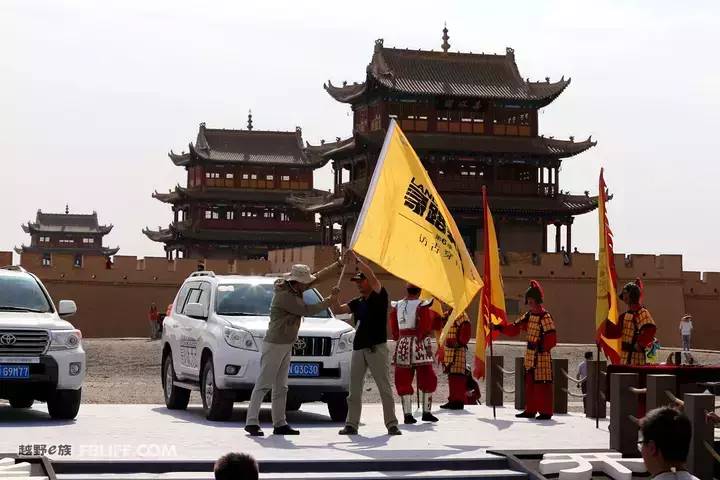
Hand over the team flag and wave the troops to march

The battle flag is waving, the iron horse Lingyun
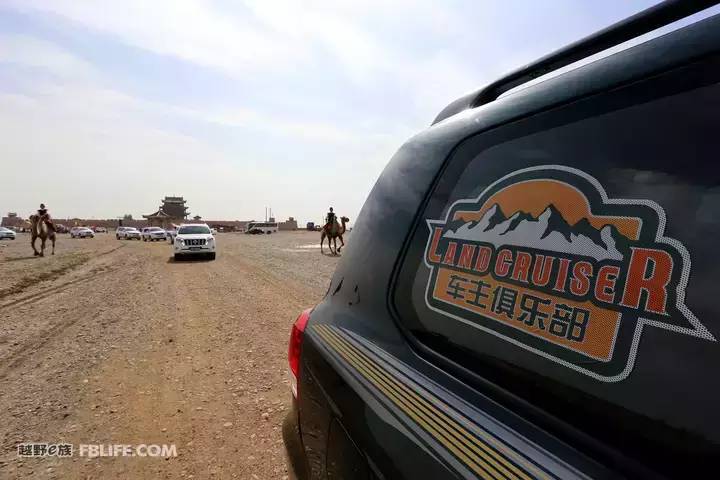
The journey starts now
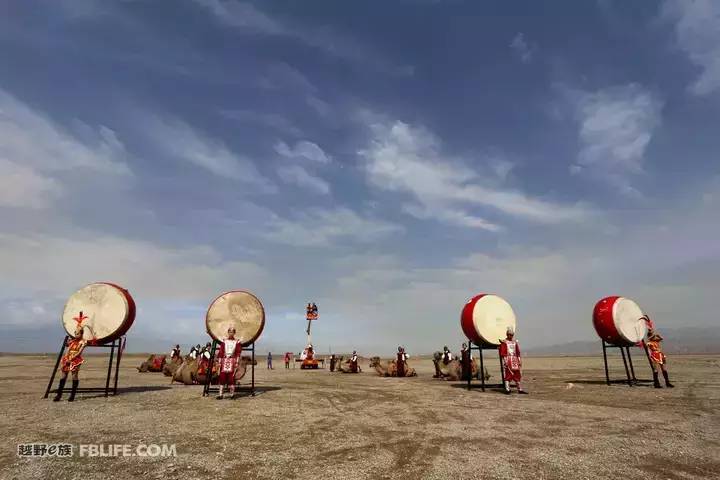
Near noon, the convoy passed by the roadside of Guazhou County for a rest. Under the scorching sun, sweet melons and fruits are speechless to the temptation of foodies. The melon and fruit stalls along the road remind us that this is a paradise for foodies in the world of fruits. Guazhou County was known as Guazhou in the Spring and Autumn Period because of its unique production of honeydew melons in history, and it was also known as the hometown of honeydew melons in China.
I came forward to inquire about the prices, and found various melons and fruits such as cantaloupe, white orchid melon, and Huanghe honey, as well as some unnamed ones. Basically, they cost 2 or 3 yuan per kilogram, and the price is much cheaper than that in the mainland. There is also a feature here, that is, each stall owner provides free tasting, and you can buy it without buying it. I don’t know if it is a common phenomenon.
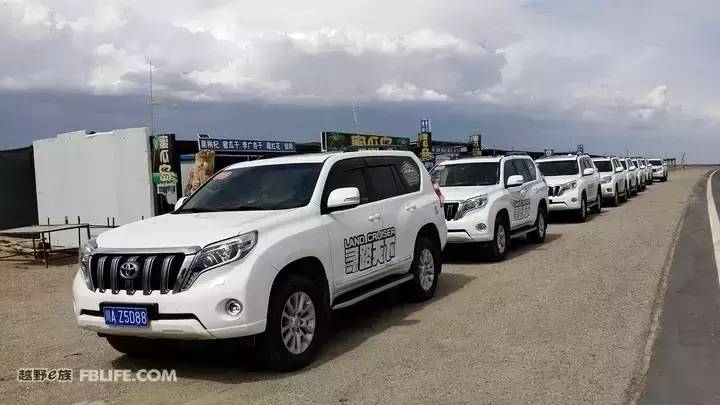

One side of water and soil and one side of things, the sweet melons and fruits are indeed well-deserved



The photographer with the team basically takes this pose every day

The team ran into Brother Shark, a well-known foodie, carpenter, seal carver, Apple control
The itinerary on the first day was not long, but the arrangement was very tight. Among them, the visit to the ancient city of Qiaowan and the experience of driving in the sand, two different types of activities enriched the itinerary. Qiaowan Ancient City is located in Anxi County between Jiayuguan and Dunhuang. It is a dilapidated ancient city in the Qing Dynasty. Because of its unique geographical location, it became a major fortress on the ancient Silk Road. It used to be a Qing Dynasty garrison stronghold. When I came here, I could no longer see the appearance of the city. There were only some earthen platforms of various shapes scattered on the empty Gobi, but the newly built city wall and a showroom in one corner told the history of this place.

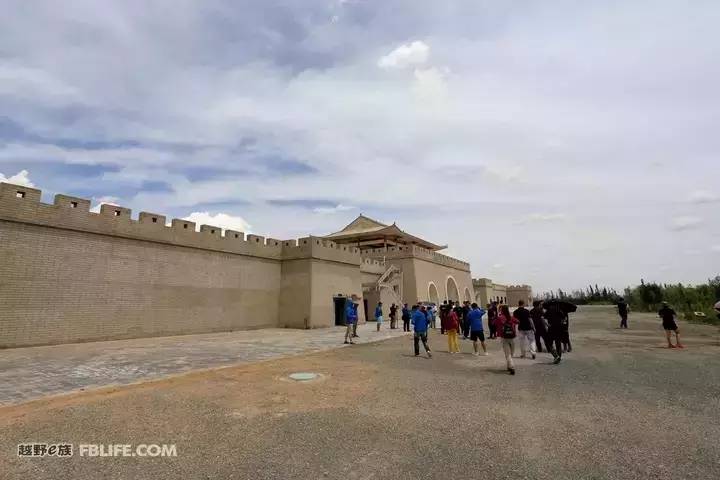
Newly built bridge bay ancient city wall
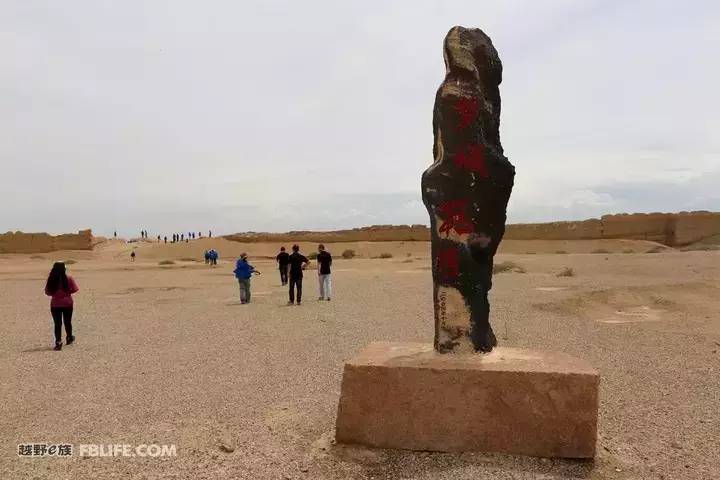
Qiaowan Ancient City Ruins
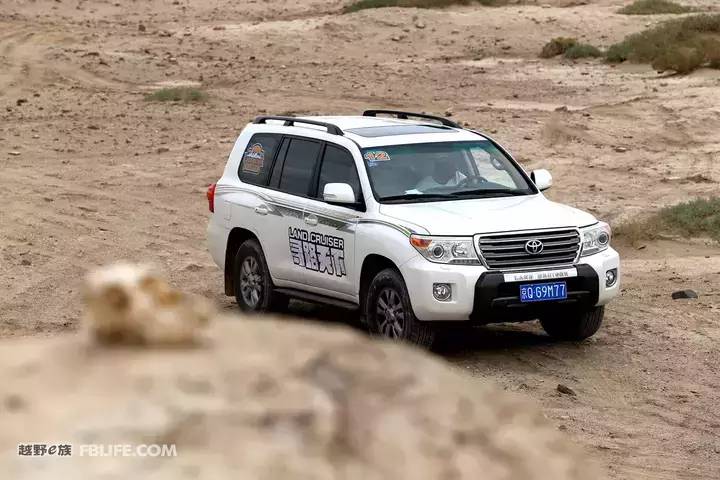
The temperament of the Land Cruiser fits perfectly with the natural environment of the desert and Gobi
After leaving the ancient city of Qiaowan, the team went to Mingsha Mountain for sand driving experience. Not long after departure, the cyan clouds in the mid-air gathered and pressed heavily towards the earth, merging with the rolling distant mountains, and then the raindrops began to fall. The wind gradually picked up, and the wind mixed with dust and sand rushed towards the face. The sandstorm that came with the wind added a little dullness and difficulty to the upcoming sand experience.
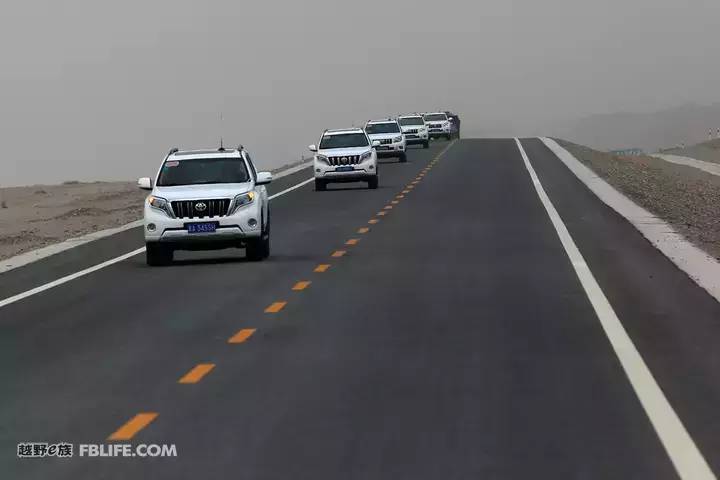

Dunhuang Mingsha Mountain is familiar to everyone. If you haven’t been there, you must have seen it from the pictures. The crescent moon spring in front of the mountain has become a symbol of Mingsha Mountain’s scenic spots. The sand experience arranged by Toyota this time is located on the other side of Mingsha Mountain away from the scenic spot. This is a pure natural sand mountain with still beautiful scenery. For the Rand Cruiser, the strong off-road performance makes it almost no difficulty to play with the sand in this landform, and you can walk among the sand mountains after simply deflated tires. The driving experience here is a piece of cake for those who have run through the desert, but it will still be difficult for those who have not experienced it. But what they have in common is playing in the sand, and what everyone gains more is joy. Galloping in the sand and letting go of the car are the source of happiness.
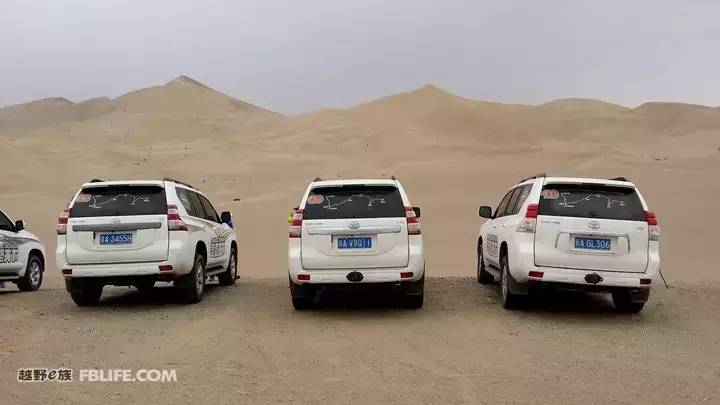
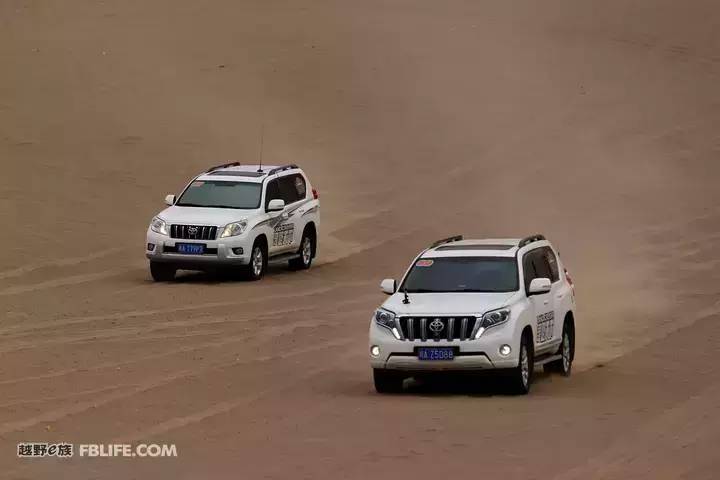
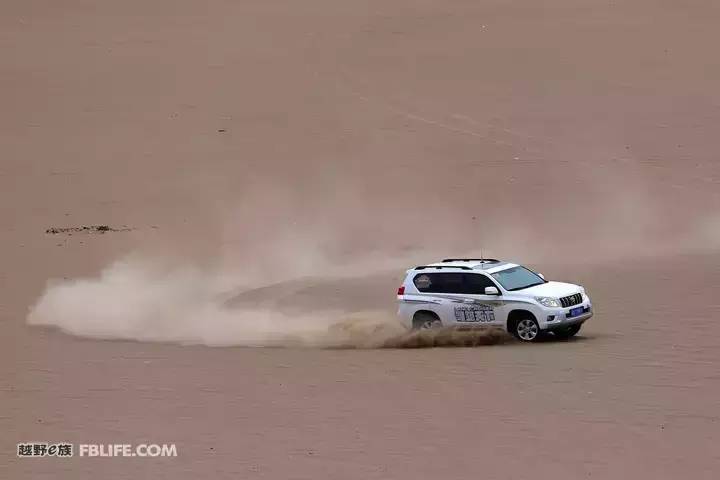
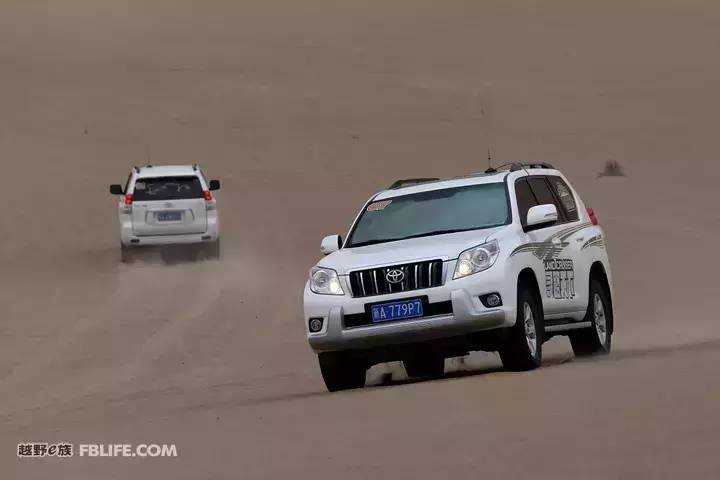
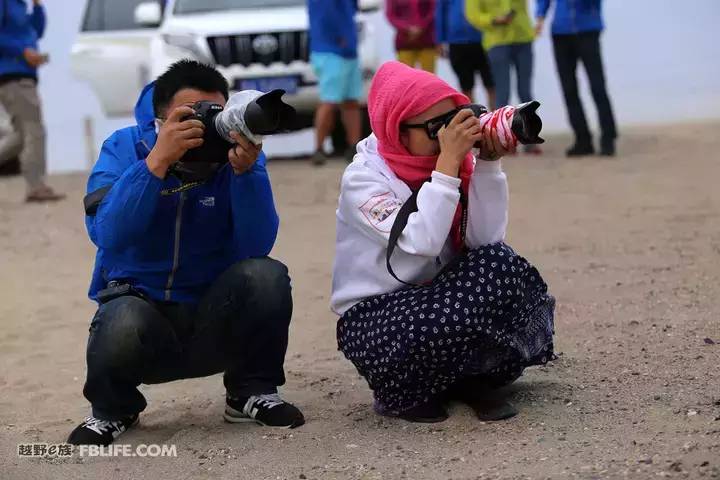
DAY 2 Dunhuang-Hami 470 kilometers, national highway, high-speed
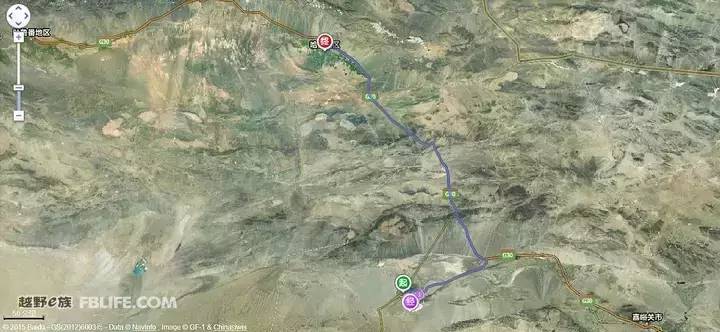
●Strolling through the grottoes and remembering the Silk Road
From Jiayuguan to Dunhuang…the No. 1 pass in the world, the ancient city of Qiaowan, Mingsha Mountain, and Guazhou, traveling through the transformation of time and space, it is full of thoughts. Regardless of vision or taste buds, they can always bring us pleasure and enjoyment, although tense but fulfilling, this may be the reason why I like Toyota’s “Roadfinding World” activity.
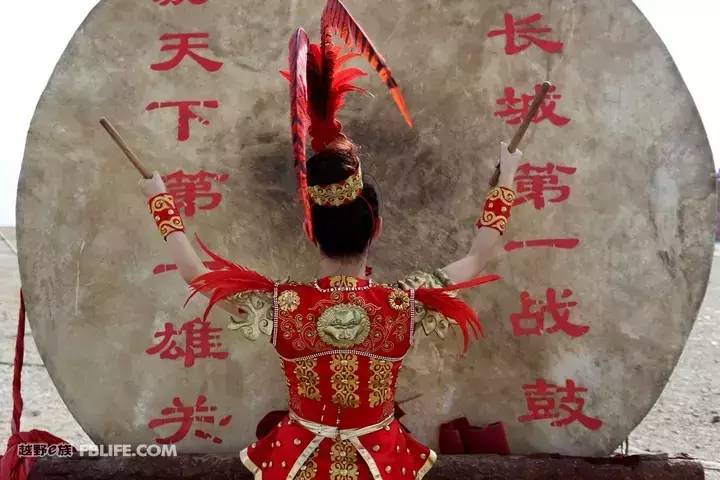
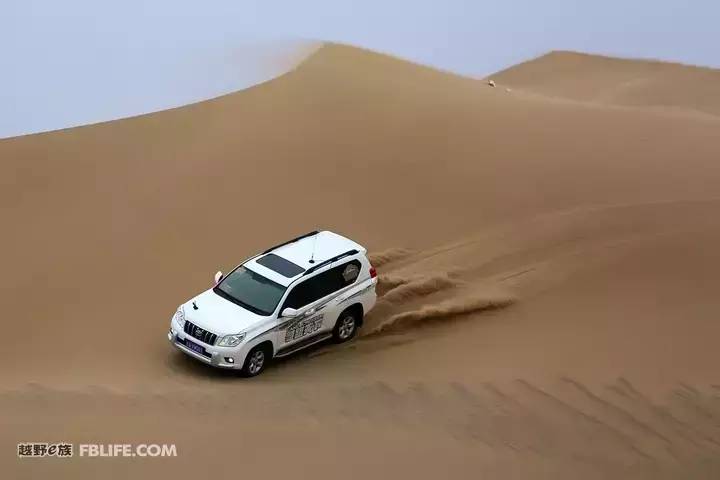

After yesterday’s visit to ancient times, today we came to the strange three-dimensional art world of buildings, painted sculptures and murals. I have been to Dunhuang twice before, but passed by the Mogao Grottoes. This time I finally got a glimpse of the magnificent Dunhuang Grottoes. Dunhuang, located at the key point of the Silk Road, was the base connecting the Western Regions in ancient China and was the outpost for the introduction of Buddhism into the mainland of China. The Dunhuang Grotto Culture was born under such conditions. Mogao Grottoes is located at the eastern foot of Wusha Mountain in Dunhuang. It was founded in 366 AD. Statues with different expressions and colorful murals together make up this wonderful spectacle.

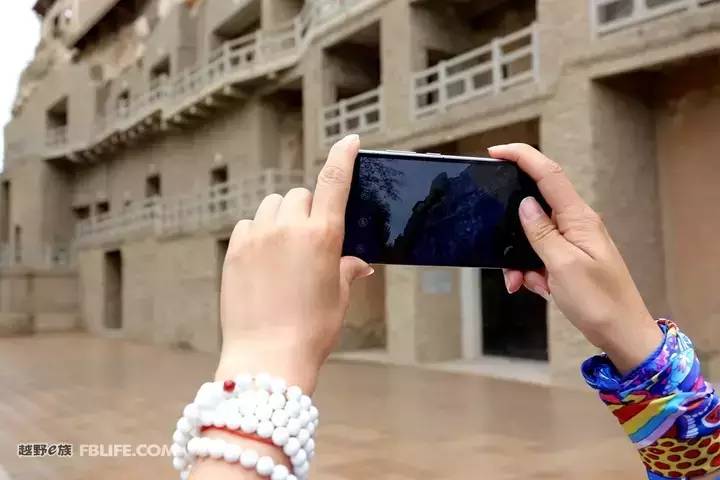
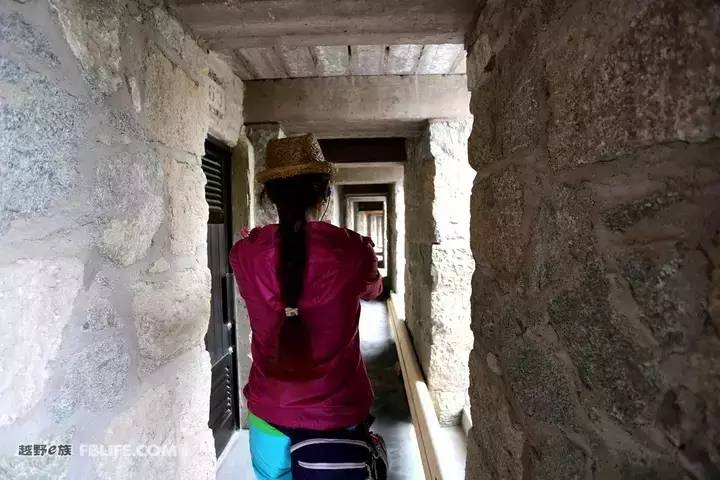
Mogao Grottoes are famous all over the world for their exquisite murals and statues. In the past, Dunhuang has always been a dream for me, a distant dream. Now that I really come before it, whether it is the visual impact or the inner shock, it is huge. Wandering in the corridor of ancient art, you can not only admire the magic of the ancients but also feel the changes of time. Due to the protection of historical relics, it is forbidden to take pictures in each cave, so only some postcards are reproduced here for sharing.
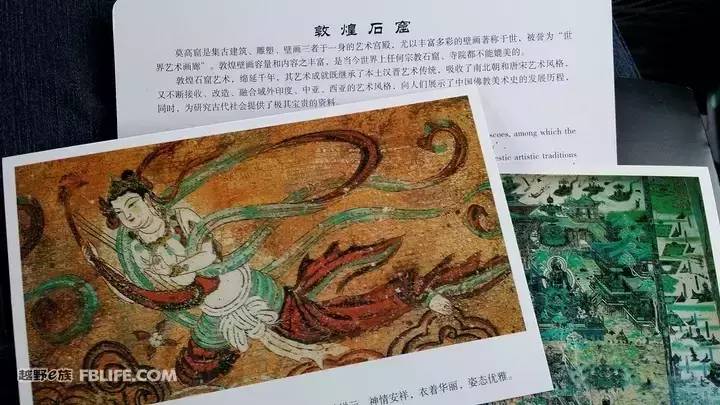
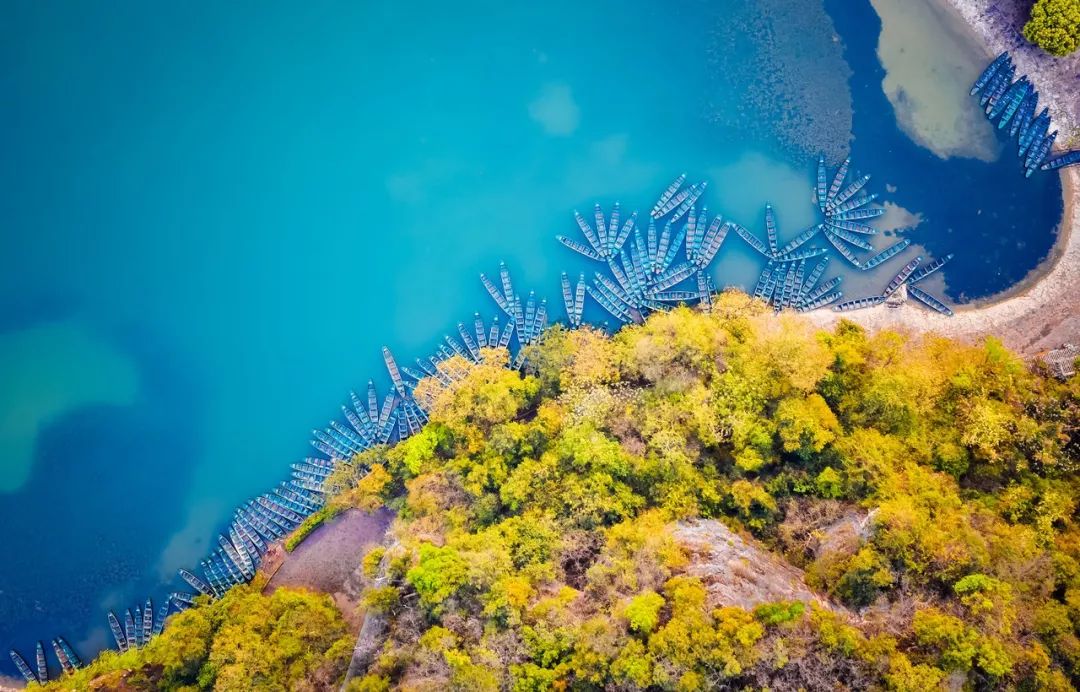
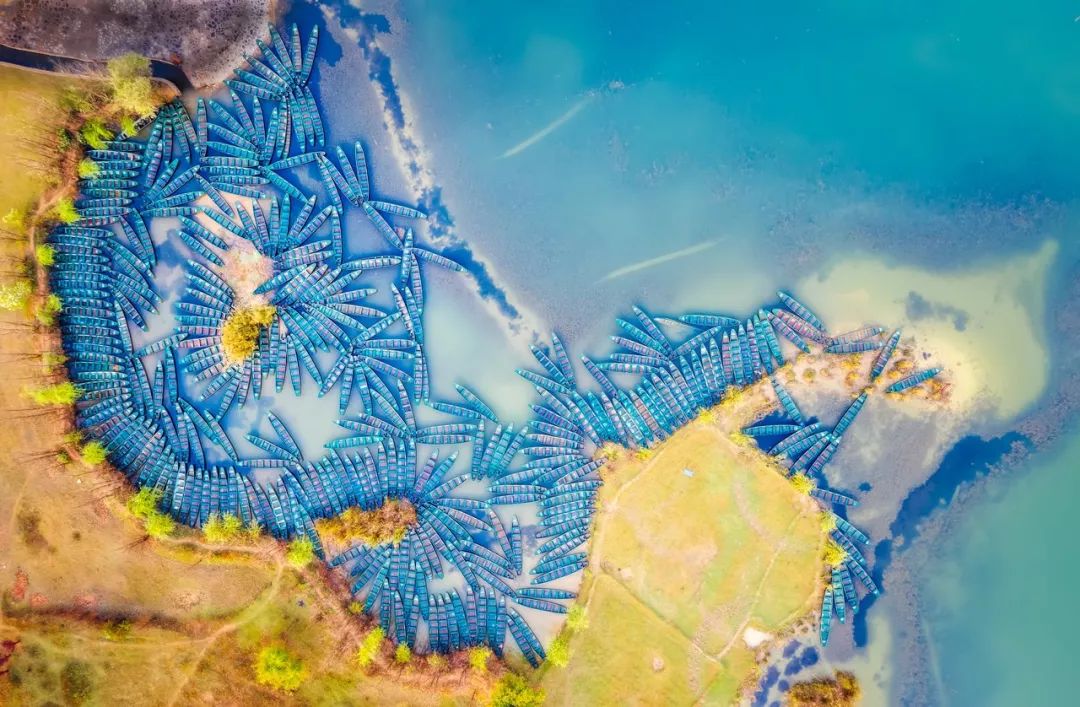
DAY 3 Hami-Shanshan 530 kilometers, national road, rural road, Gobi, gravel
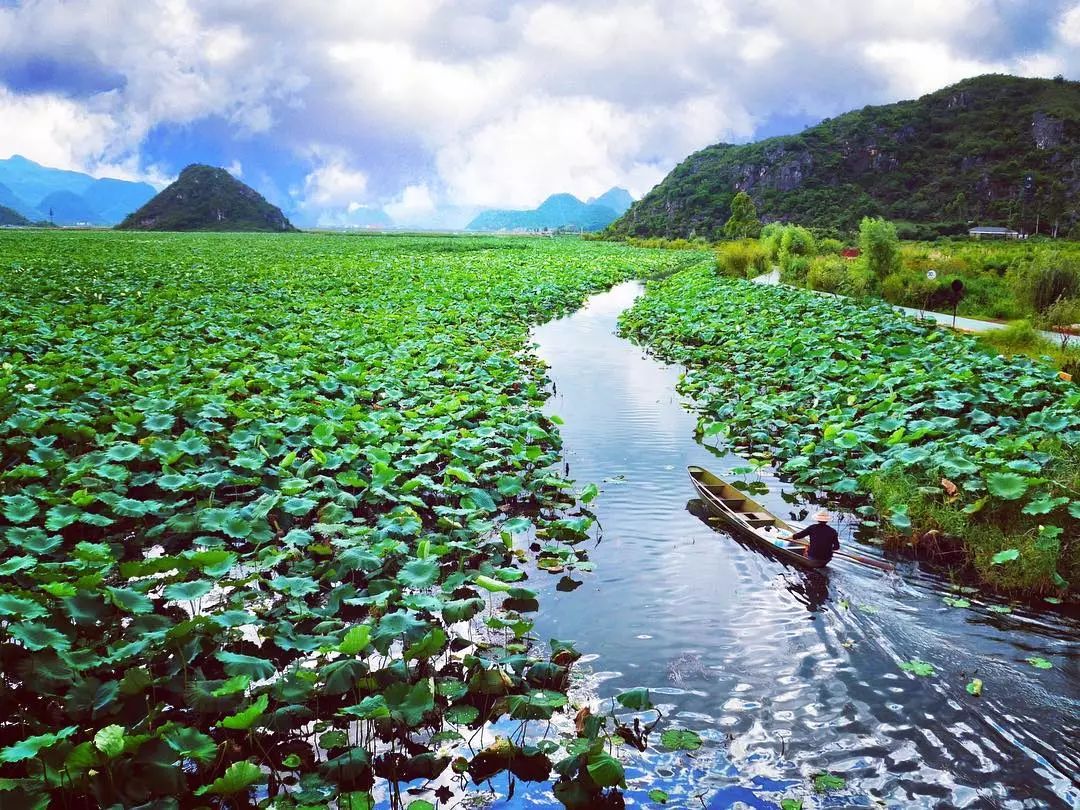
●Walk into the ancient road in Maxi, Pingsha is vast and uninhabited
From Hami to Shanshan, the most convenient route is the G30 Lianhuo Expressway, which is more than 300 kilometers to Shanshan. If you drive there, you can arrive there in 4 or 5 hours, but this loses the original intention and significance of Toyota’s “Roadfinding World” activity. The so-called “finding the way to the world” is to discover the most beautiful world and find the most exciting in every journey. Therefore, in today’s itinerary, there is a nearly 200-kilometer section of no-man’s land crossing. This is the most thrilling and exciting section of the ancient Silk Road-the sea road. So much so that after the event, every time I think about it, this is also the most essential part of the whole itinerary.

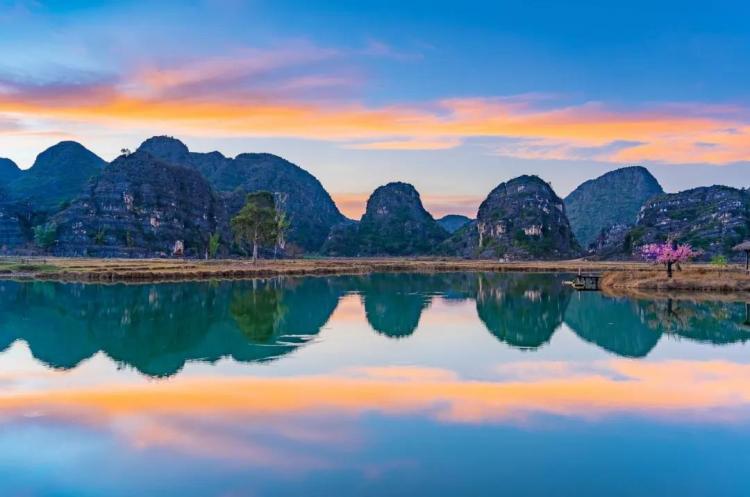
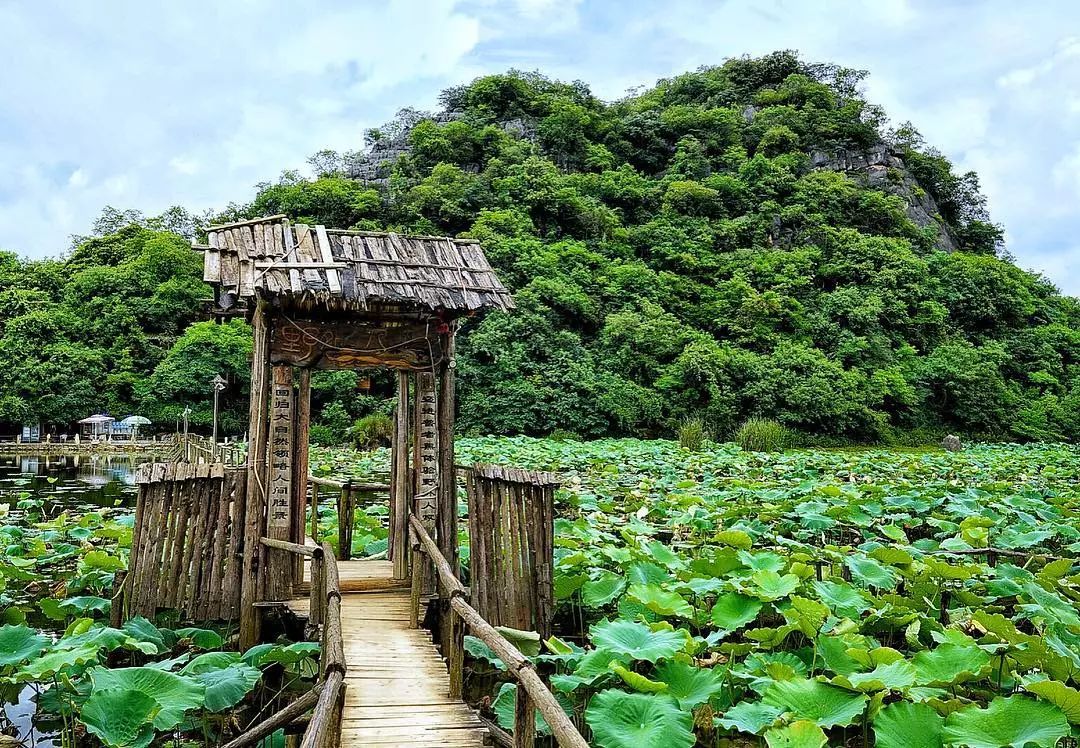
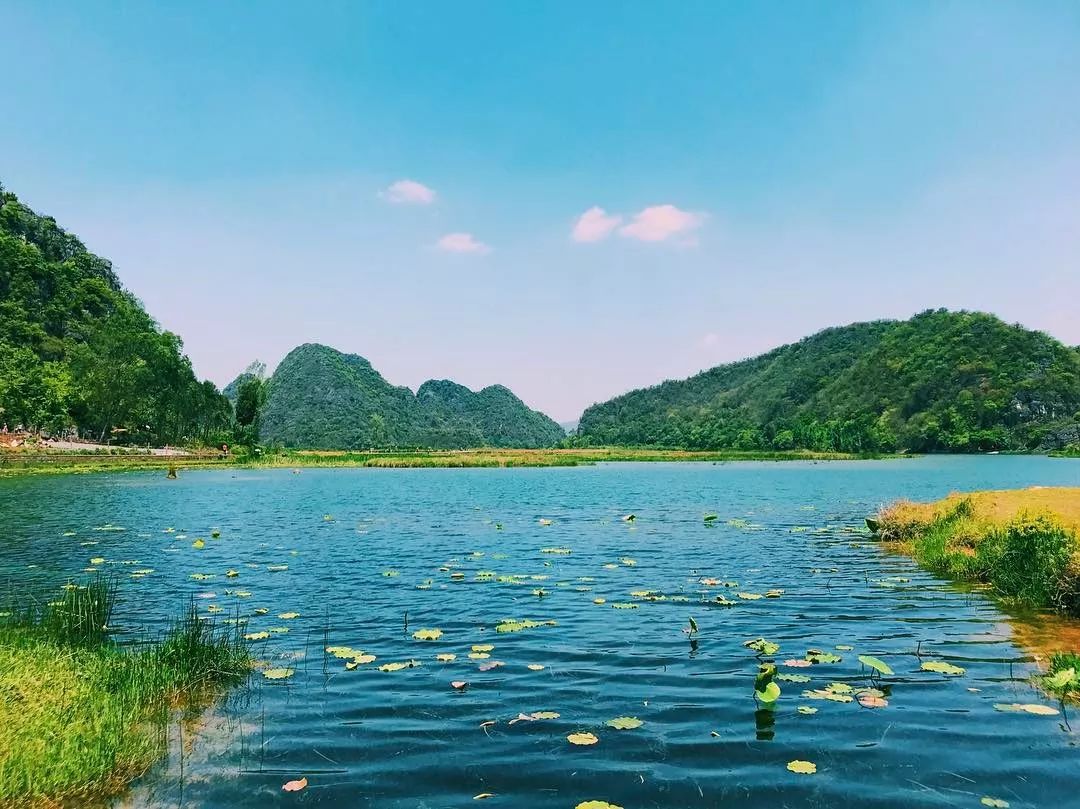
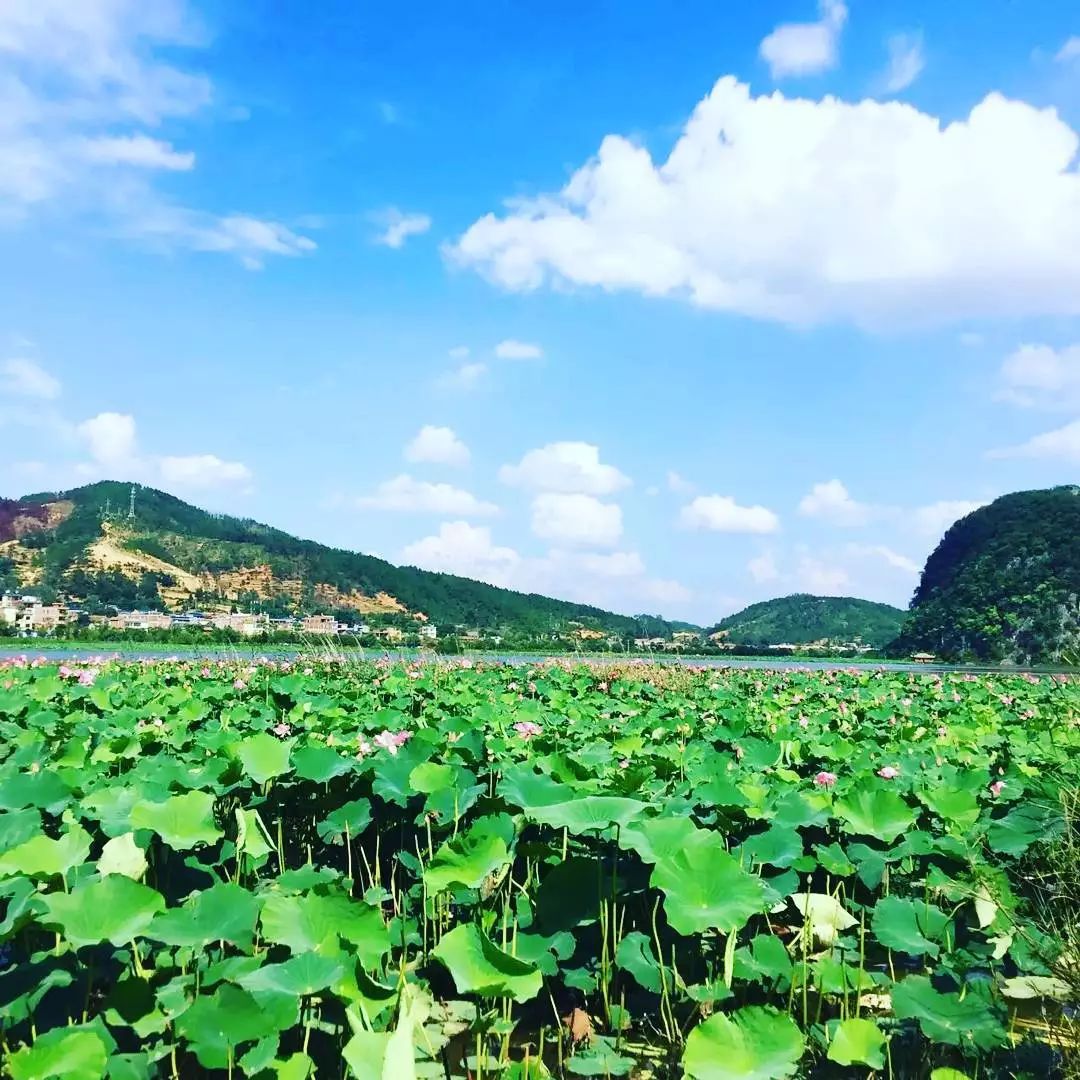
The sea road is the nearest road between Dunhuang and Turpan in ancient times, with a total length of more than 500 kilometers. Its opening and use began in the Han Dynasty. After the Tang Dynasty, the official use tended to stop, and the sea road gradually faded out of people’s vision. The ancient Silk Road in historical memory.
There is a record in the ancient text “Xizhou Tujing”: “The sea road, the right road goes out of Liuzhong County (now Lukeqin), 1,360 miles southeast to Shazhou (now Dunhuang). Often quicksand, pedestrians are lost Misunderstanding, there are springs and wells that are salty and bitter, and there is no grass. Traveling to carry water and food, walking on sand and stones, traveling and suffering.”
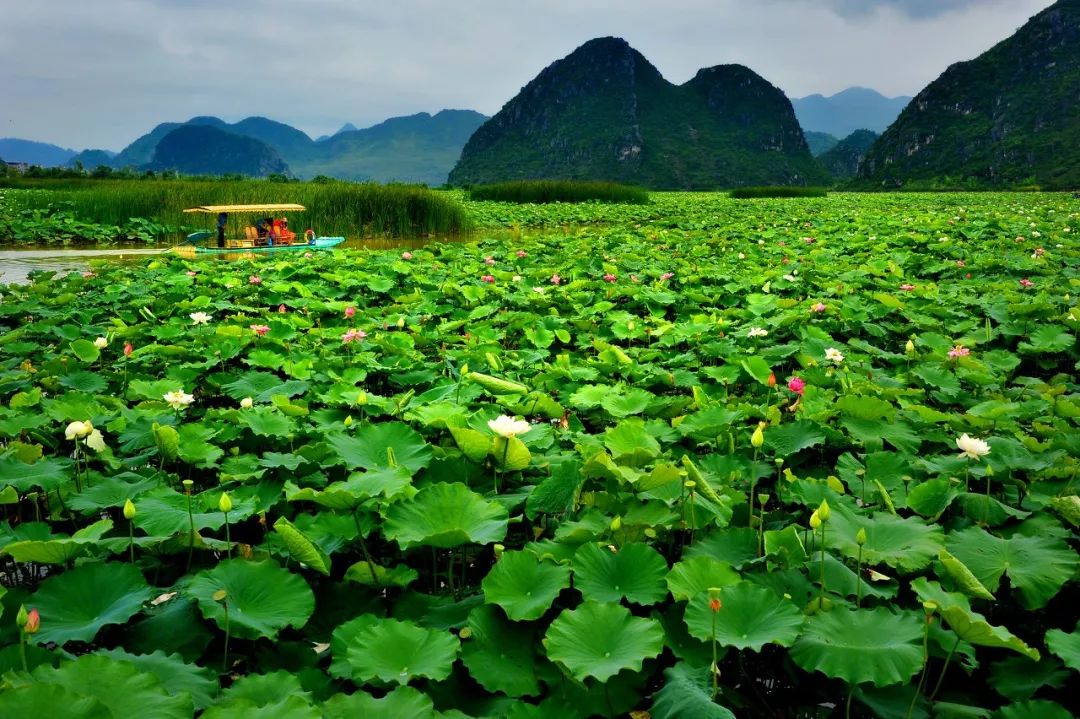

I have always longed for the crossing of no-man’s land, and in the process of self-driving crossing, I left several traces of no-man’s land, such as the Yardang landform crossing in the Qaidam Basin a few years ago (South Baxian to Yiliping), And last year’s Lop Nur East-West Crossing (Dunhuang to Ruoqiang). For me, although I didn’t have a crazy no man’s land complex, I was obsessed with the vastness and etherealness of the Gobi.
There are roughly three types of cross-country, one is car-free, obsessed with the excitement brought by the adrenal gland surge; It is also a very small group of people who enjoy the heart palpitations that have gone through hardships and survived the catastrophe. Walking through no man’s land once and then getting out of hand is a symptom of off-road obsession that has no cure.
A heavy rain that arrived as expected opened the prelude to the crossing. Under the thick dark clouds and billowing wolf smoke, the convoy started a wonderful day of crossing. From Hami to Shanshan, the convoy drove into the most legendary section of the ancient Silk Road. The landform was in the form of wind erosion and erosion, full of gravel and quicksand. Walking through the empty and desolate Yardang landform, the vicissitudes and magnificence are full of vicissitudes.
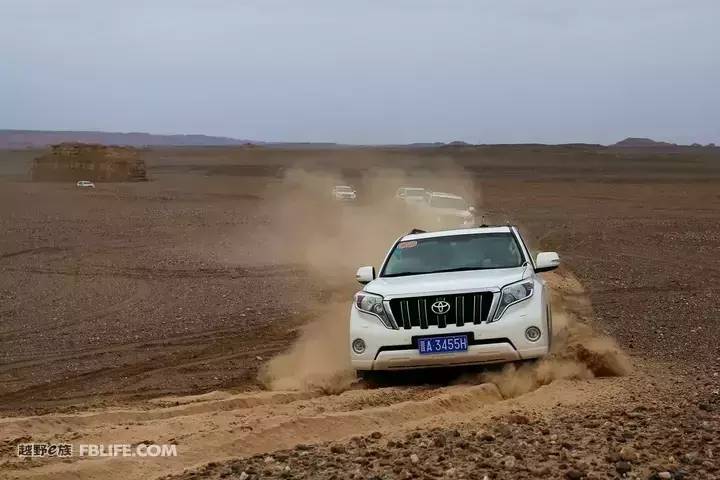
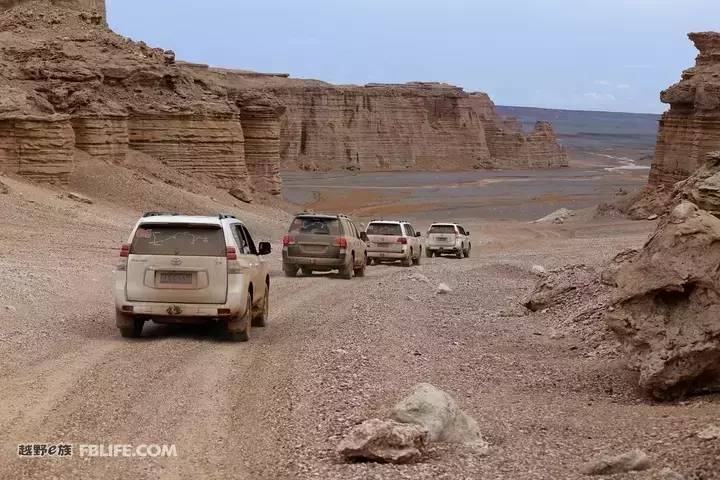
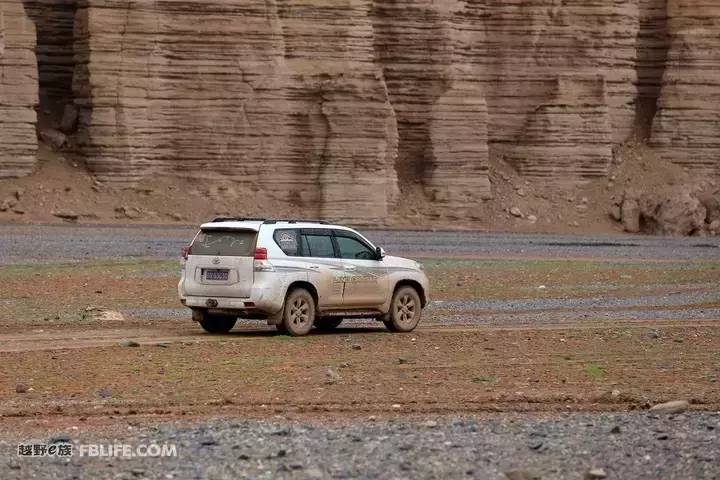
Walking in the vast Gobi canyon on the sea road, what you see is endless barrenness besides the endless sand and gravel. Driving in it, sometimes it is endless, sometimes it is full of ruins, and sometimes there will be beacons, post stations, rocky mountains and even mirages.
This place also belongs to the western end of the Lop Nur wasteland, where the few wild camels in the world inhabit, but they are rare and highly vigilant, so we have no chance to see them.

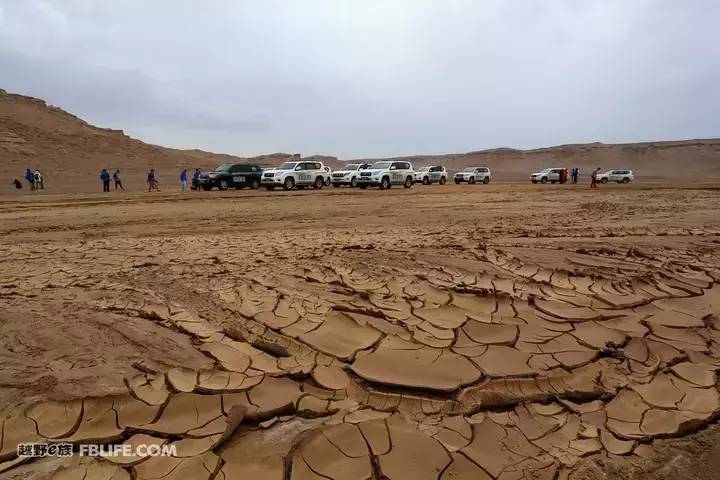
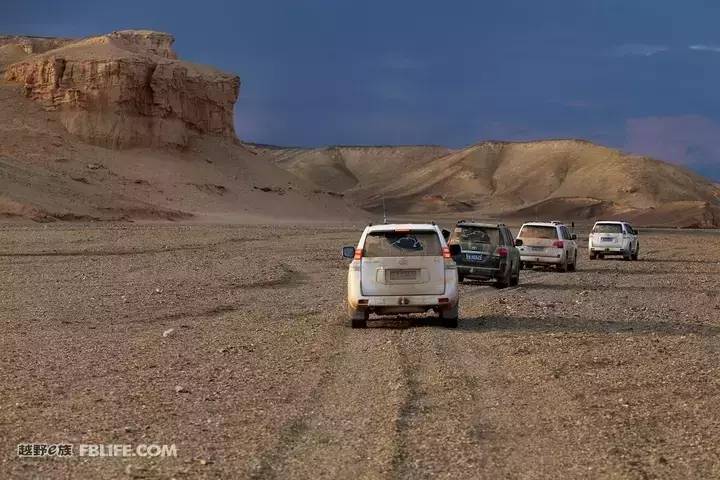
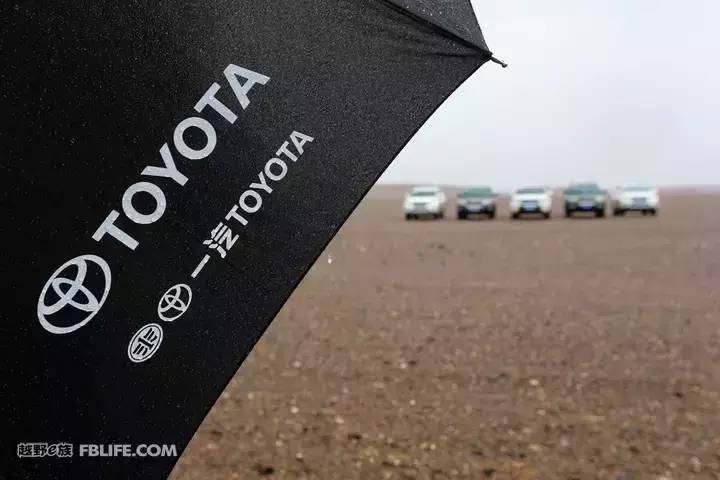
The biggest obstacle to crossing the sea lane is to walk through the no-man’s land here. If you successfully cross it, you will deeply appreciate the hardships of challenging the barrenness and the endless beauty left by the Silk Road.
It took 12 hours and the route of nearly 200 kilometers in no-man’s land was successfully completed.
A classic cross-country route, a desolate and lonely visual blockbuster, this is a journey worth remembering.
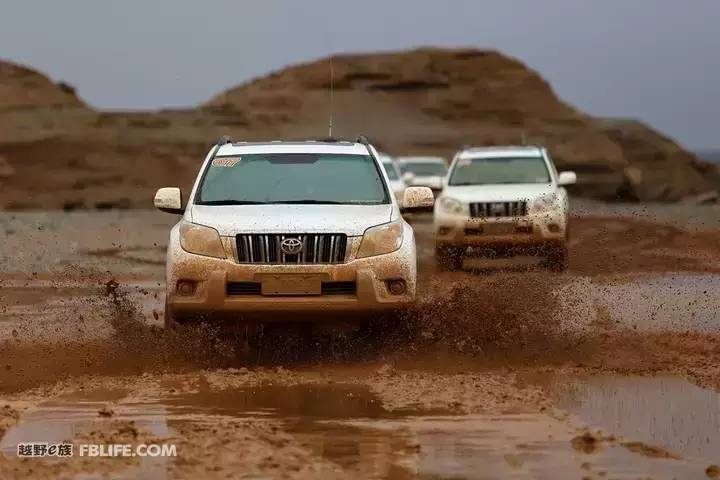

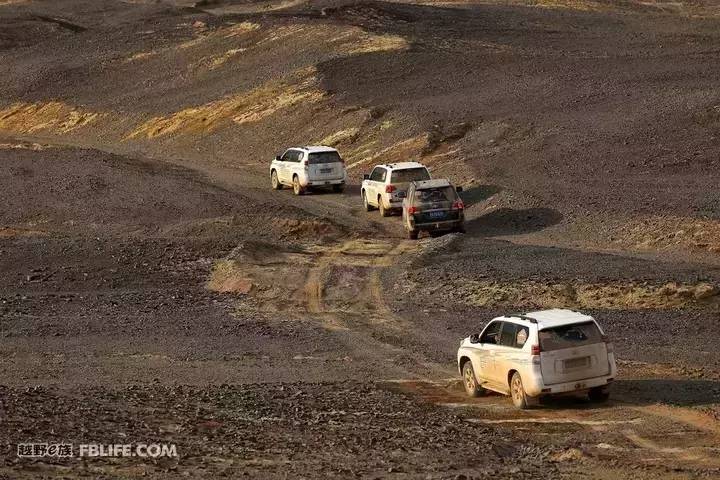

A day’s travel passed quickly. In fact, a short day is far from enough. Its mystery and loneliness, its prosperity and desolation, its cruelty and danger, all of it tempts and awaits our coming again.
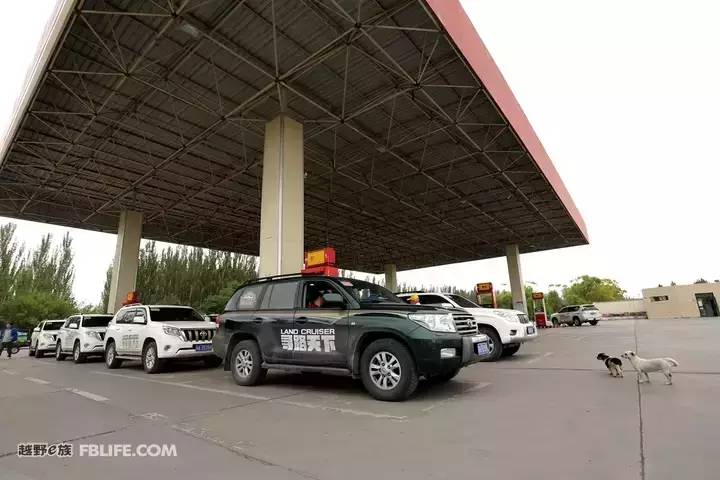
It is necessary to prepare enough fuel before crossing no-man’s land
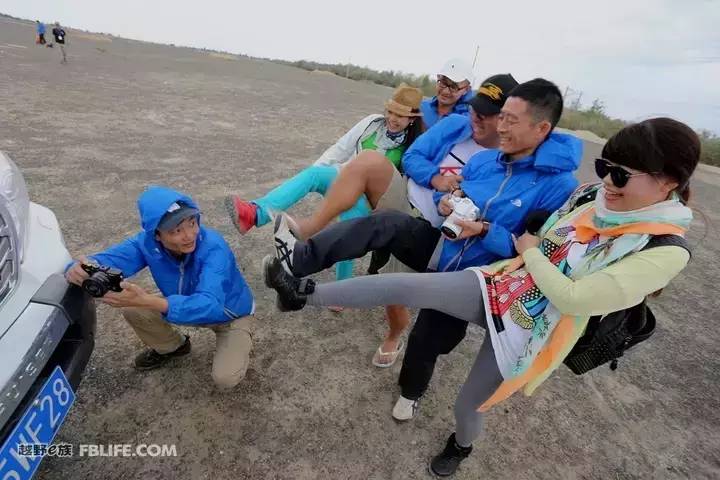
happiness is everywhere
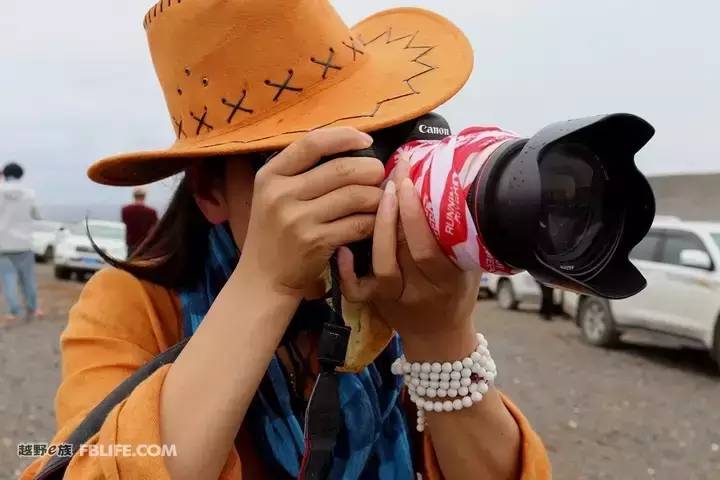
Record everything on the road and leave more beautiful moments in life

Xinjiang big naan has become a hot commodity
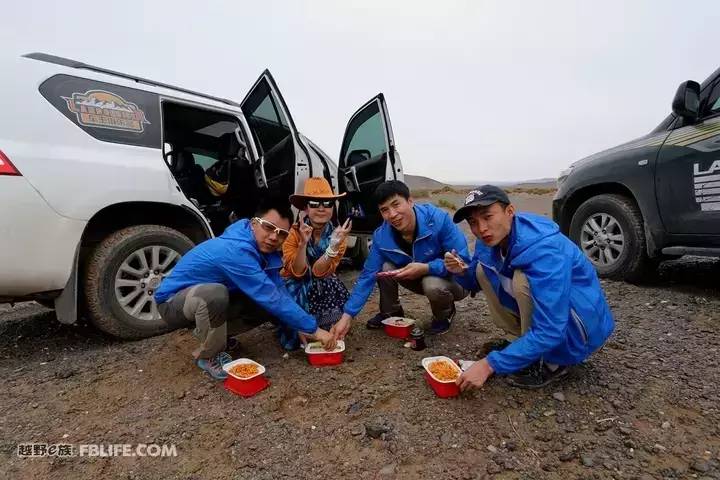
It is rare to eat hot rice in no man’s land, and the contribution of self-heating rice cannot be ignored

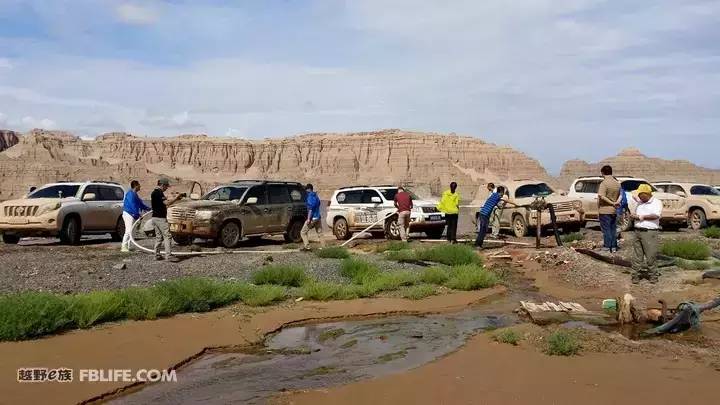
An abandoned artesian well has become a post station for supplies and cleaning vehicles on the way

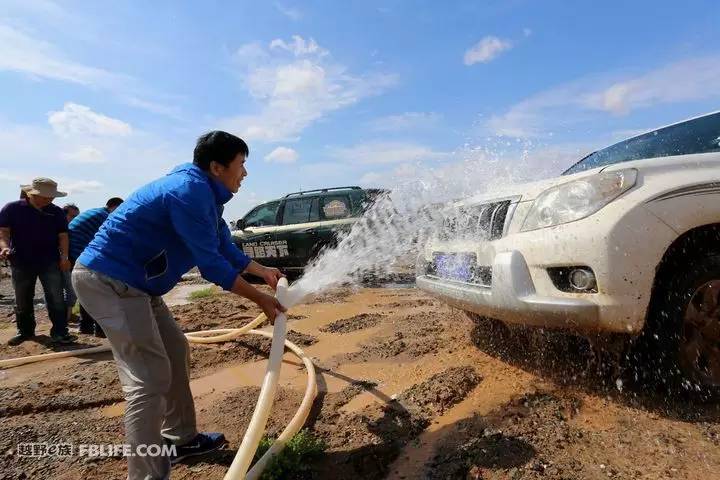
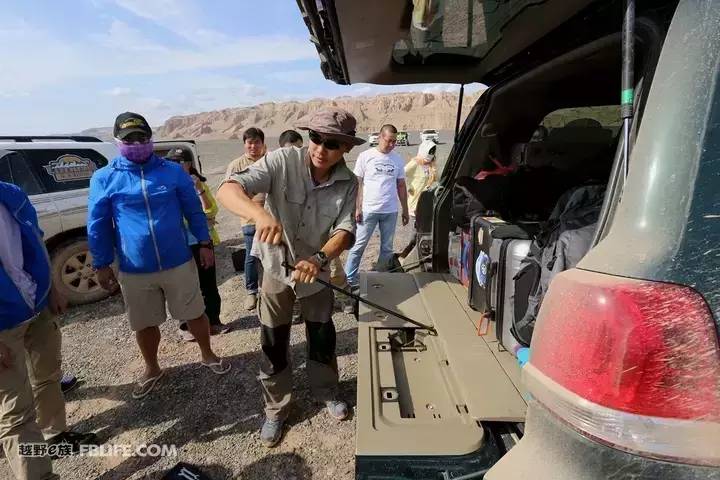
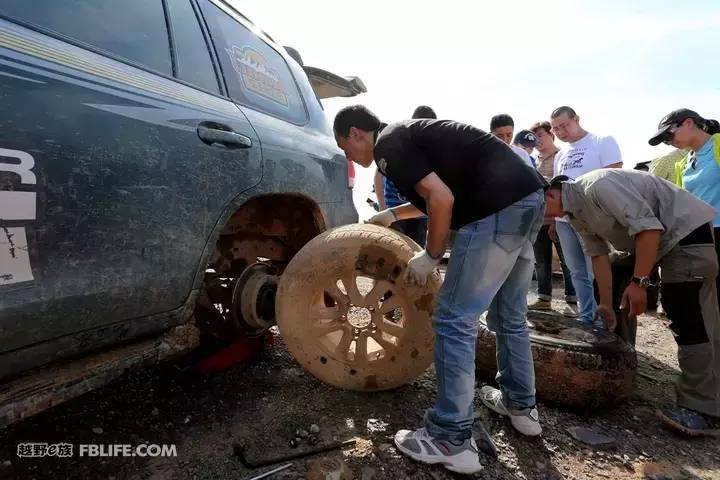
Maintenance and logistics are the powerful guarantee for the success of the crossing
The camel bells of the Ancient Silk Road connect economic and trade exchanges and run through Eastern and Western civilizations. In addition to the many ancient relics left in the sea road, the natural scenery is absolutely beautiful. The scene in the deep river canyon in the southern area of Liaodun is particularly shocking, where there is the most peculiar natural Yardang landform. I have seen many Yadan landforms, but here is the most beautiful, none of them.
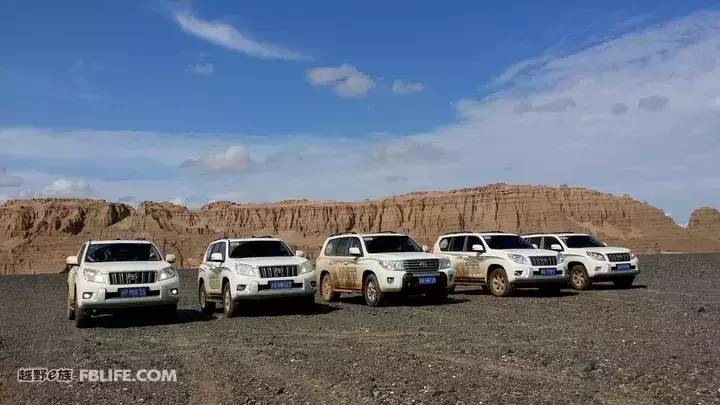
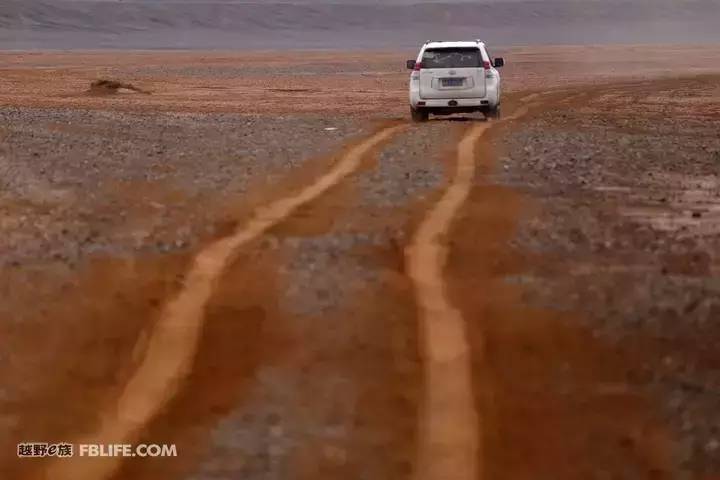
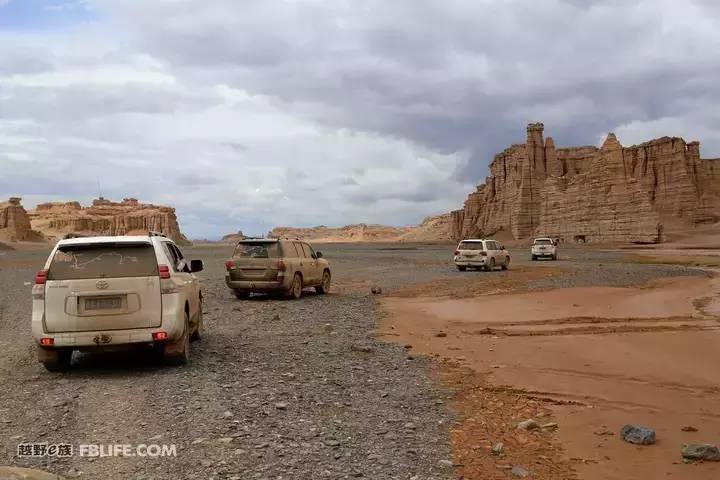
Every part of the road the Rand Cruiser has traveled is worth sharing. It was an unforgettable day to cross the sea road. It was already past 11 o’clock at night when we arrived in Shanshan. A 15-hour journey through the ancient road with a total travel distance of more than 400 kilometers has been imprinted in my mind, and it will become an eternal memory.
There is no reason to like off-roading. What we cross is not only a rough and dangerous road, but also a longing for nature and a challenge to our own life. What is it that keeps us entertained? Because that is not the scenery that everyone can touch.
